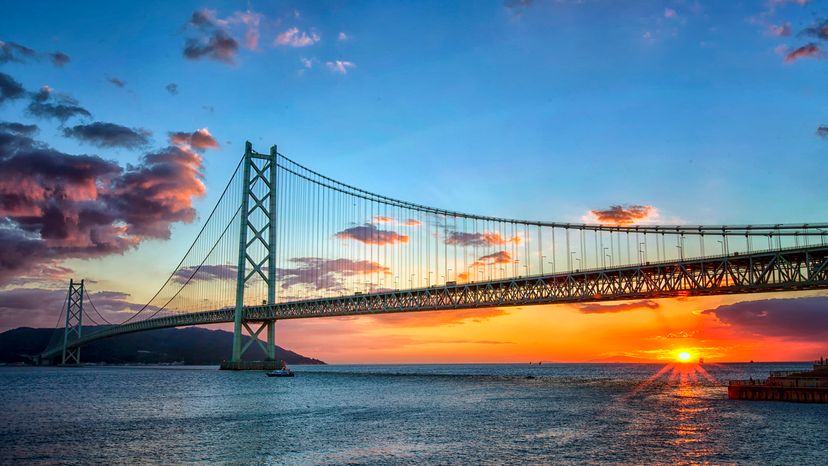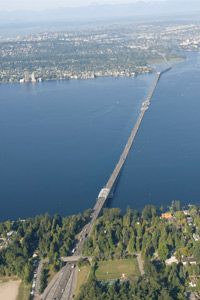
Suspension bridges, with their soaring towers and elegant spans, are more than just feats of engineering; even the ones that don't hold the title of "longest suspension bridge in the world" are symbols of human ingenuity and perseverance.
These massive structures, like the Akashi Kaikyo Bridge in Japan and the 1915 Çanakkale Bridge in Türkiye, stretch across vast expanses of water, connecting lands and cultures. The world's longest suspension bridges, each a marvel in its own right, represent the pinnacle of this architectural form.
Advertisement
This list covers the longest main spans of suspension bridges around the world, not longest total lengths, as those main central spans are where the real engineering magic happens.

